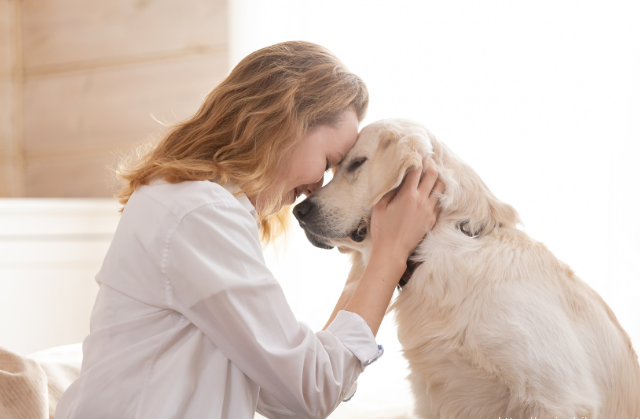
How to Help an Abused or Neglected Rescue Pet Feel Safe Again
Rescuing a pet that has experienced abuse or neglect is a compassionate and rewarding decision, but it also comes with challenges. These animals often carry emotional and physical scars that require patience, love, and understanding. Helping them feel safe again takes time, but with the right approach, you can build trust and provide them with the loving home they deserve. Here’s how to help an abused or neglected rescue pet feel secure and comfortable.
1. Create a Safe and Quiet Space
A new environment can be overwhelming for a rescue pet, especially if they have suffered trauma. Designate a quiet, comfortable area in your home where they can retreat and feel secure. Provide a cozy bed, food, water, and toys to make the space inviting. Keep noise levels low and limit visitors initially to help them adjust gradually.
2. Be Patient and Let Them Set the Pace
Traumatized pets may be fearful and hesitant to interact at first. Allow them to approach you on their own terms rather than forcing attention or physical contact. Avoid sudden movements and loud noises, as these can trigger anxiety. Respect their boundaries and let them dictate the pace of their socialization.
3. Use Gentle, Positive Reinforcement
Building trust requires positive experiences. Use treats, gentle praise, and soft-spoken words to reinforce good behavior. Reward them when they show courage, curiosity, or positive interactions. Avoid punishment or scolding, as this can reinforce fear and mistrust.
4. Establish a Routine
Rescue pets thrive on predictability. A consistent daily routine for feeding, walking, and playtime helps them feel secure and understand what to expect. Regular schedules create a sense of stability and reduce anxiety.
5. Slowly Introduce Human and Animal Companions
If you have other pets or family members, introduce them slowly and in a controlled manner. Give your rescue pet time to observe and get used to their new surroundings before expecting them to interact comfortably. Keep initial interactions short and positive.
6. Use Calming Techniques
Rescue pets may experience anxiety or fear-based reactions. Calming techniques like gentle music, pheromone diffusers, or a weighted blanket can help soothe them. Soft, reassuring tones when speaking to them also help build trust.
7. Provide Mental and Physical Enrichment
Engaging toys, puzzle feeders, and interactive play help stimulate their minds and build confidence. Daily exercise, whether through gentle walks or indoor play, also helps release pent-up energy and stress.
8. Respect Their Trauma Triggers
Abused pets may have specific triggers—certain noises, objects, or actions that cause distress. Observe their reactions and work to minimize exposure to known triggers. Over time, you can gently desensitize them by creating positive associations in controlled situations.
9. Seek Professional Help if Needed
If your rescue pet continues to struggle with severe fear or aggression, consult a professional trainer or animal behaviorist specializing in trauma recovery. They can provide personalized guidance to help your pet adjust and feel safe.
10. Give Them Time and Unconditional Love
Healing takes time, and every pet will progress at their own pace. Celebrate small victories and offer unconditional love and support. Over time, your rescue pet will learn that they are in a safe, loving home where they can finally trust and thrive.
